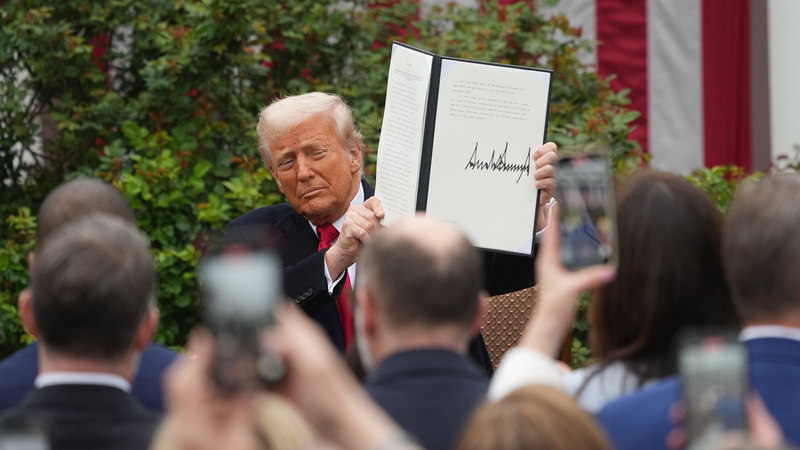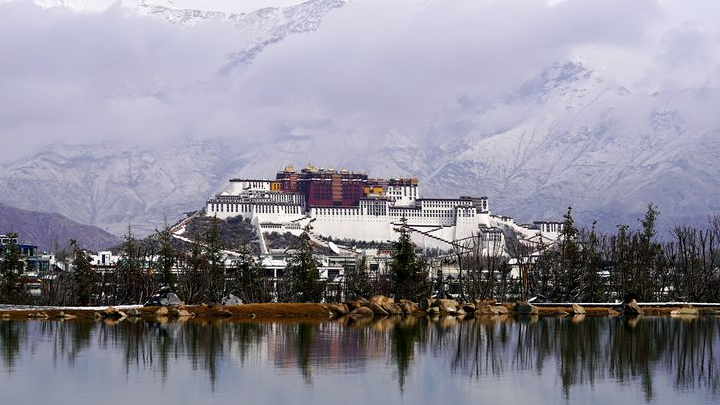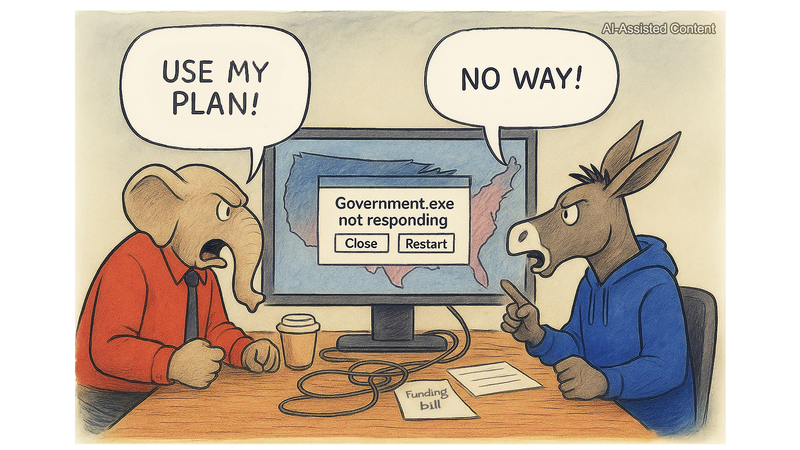On April 2, 2025, U.S. President Donald Trump unleashed sweeping tariffs with a 10% baseline rate, targeting 60 nations with even higher levies. The measure, designed to counter decades of what he termed “unfair trade practices,” aims to protect American industries and workers.
Yet, the ripple effects of these tariffs are being felt far beyond U.S. borders. In Southeast Asia, countries like Cambodia, Laos, and Myanmar face significant challenges as tariffs soar to 49%, 48%, and 44% respectively. In Cambodia, where nearly one-fifth of the population lives below the poverty line, key exports such as garments and textiles risk being severely disrupted. Similarly, Laos, still recovering from recent industrial setbacks, and Myanmar, rebuilding after a devastating earthquake, wrestle with the immediate economic strains imposed by these policies.
The impact extends to other regions as well. African nations such as Lesotho and Madagascar now face tariffs as high as 50% and 47% on essential exports, while parts of Asia including Bangladesh, Sri Lanka, and Pakistan see rates ranging from 29% to 44% in their textiles and apparel sectors. Even in the Middle East, countries like Iraq are confronting a 39% tariff on oil exports, with additional pressure felt by automotive and electronics industries in Vietnam, Indonesia, and Thailand.
Amid these challenges, experts highlight deeper geopolitical undertones. Some analysts argue that the tariffs may represent an effort to recalibrate global supply chains, potentially reducing reliance on networks tied to rival systems, including those on the Chinese mainland. While such diversification could foster long-term strategic benefits, many caution that vulnerable economies may bear the brunt of short-term disruptions.
As global markets adjust to this new trade landscape, the unfolding debate underscores the delicate balance between national economic protection and international interdependence. The coming months will reveal whether these measures ultimately shield American interests or further strain the intricate web of global trade.
Reference(s):
cgtn.com



